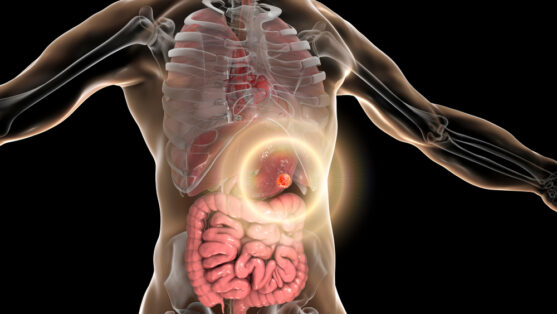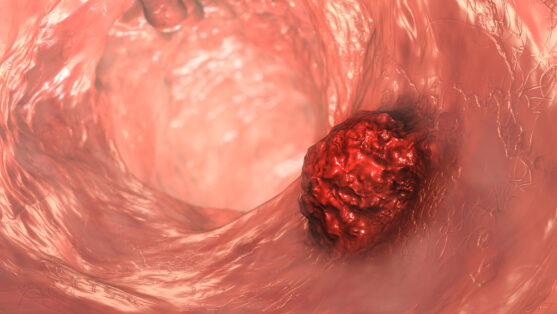A gastrointestinal stromal tumour (or GIST) is a form of cancer that starts in the digestive system, most commonly in the lining of the stomach or the small intestine.
GISTs are notorious for not being easy to detect in the early stages. Small GISTs often do not cause any symptoms. They also grow at a slower pace, but once they are larger, symptoms begin to appear.

What are the most common symptoms of gastrointestinal stromal tumours?
Some patients are able to physically feel a growth in their abdomen. Some of the more common symptoms are:
- Pain in the abdomen (stomach area)
- Extreme tiredness
- Vomiting and vomiting sensation (nausea)
- Dark coloured stools or blood in stools
Another symptom is the feeling of fullness after even a small amount of food. Some patients experience abdominal cramps after eating. Lack of hunger and loss of appetite are also common symptoms.
How do I know if I have GIST?
If you have the symptoms mentioned above, then you will need to visit an oncologist for a physical examination. Onco.com can help you identify the best gastrointestinal oncologists in your location. You can speak with an Onco Care Manager on +91 79965 79965 for this information.
You may find this article about how to prepare for a consultation with an oncologist useful.
The oncologist is likely to ask for certain tests and scans to rule out other problems and to diagnose GIST. Usually, an abdominal ultrasound is required, followed by an endoscopy.
A biopsy will be required to correctly diagnose and stage the tumour, so that the right treatment can be planned. Lab tests will be conducted on the sample obtained through biopsy to understand the tumour better.

Is GIST hereditary?
There are some indicators that genes passed on from parents to offspring may be responsible for GIST. GIST is mostly found in adults, and is very rare in children.
How are gastrointestinal tumours treated?
Surgery
The first line of treatment is usually surgery, unless:
- the tumour has already spread to other parts of the body
- The tumour is too large to surgically remove
- the patient cannot undergo surgery for any reason.
The aim of surgery to completely remove the tumour. It is possible for surgeons to remove the tumour through minimally invasive techniques. This means that instead of a large cut, the surgeon can use smaller cuts to remove the tumour. This ensures a faster healing process after the surgery.
Targeted Therapy
Targeted therapy is a form of chemotherapy that specifically targets cancer cells by focusing on the special chemical present in these cells. By blocking these chemicals, targeted therapy causes the cancer cells to die.
Targeted therapy is given for these reasons:
- To reduce the size of the tumour so that it can be removed through surgery
- To reduce the risk of cancer recurrence
- To treat cancers that have spread to other organs
Some of the common drugs used in targeted therapy for GIST are:
Avapritinib
Ayvakit (Avapritinib)
Gleevec (Imatinib Mesylate)
Imatinib Mesylate
Qinlock (Ripretinib)
Regorafenib
Ripretinib
Stivarga (Regorafenib)
Sunitinib Malate
Sutent (Sunitinib Malate)
Get a detailed treatment plan for your cancer by visiting www.onco.com or by downloading the app Onco Cancer Care.

